Search
Search Results
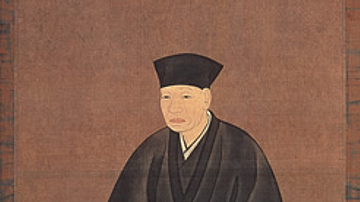
Image
Tea Master Sen no Rikyu
A portrait by Hasegawa Tôhaku of the celebrated tea master Sen no Rikyu (1522-1591 CE) who is credited with creating the established procedures for the Japanese tea ceremony.
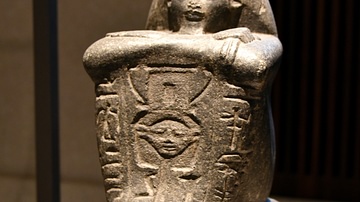
Image
Statue of Sen-nefer
Block statue of Sen-nefer. He was the chief steward of the pharaoh as well as a priest of several ancient Egyptian deities. Granodiorite. New Kingdom, 18th Dynasty, reign of Amenhotep III, 1388-1351 BCE. Probably from Bubastis (Tell-Basta...

Article
Social, Political & Economic Landscapes in Kautilya's Arthashastra
The Arthashastra (or Arthaśāstra) is one of the oldest surviving treatises on statecraft. There is considerable debate about the dating and authorship of the text; it underwent compilation, recension, and redaction several times over the...
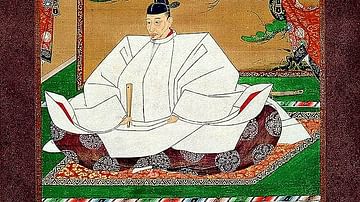
Definition
Toyotomi Hideyoshi
Toyotomi Hideyoshi (1537-1598 CE) was a Japanese military leader who, along with his predecessor Oda Nobunaga (1534-1582 CE) and his successor Tokugawa Ieyasu (1543-1616 CE), is credited with unifying Japan in the 16th century CE. Hideyoshi...
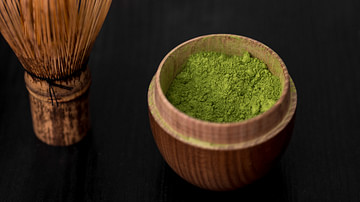
Article
The History of Japanese Green Tea
The history of green tea in Japan goes back to the 8th century when it was a popular stimulant for meditating monks. In this article, we examine tea's origins and cultivation, how it became an integral part of Japanese culture, the symbolism...

Image
Coffin Texts
Rectangular wooden inner coffin of Sen from the Middle Kingdom of Egypt.
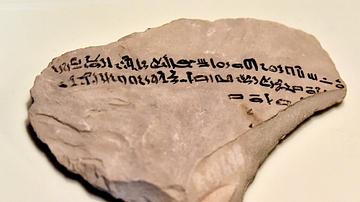
Image
Ostracon about Quarrying
The hieratic script on this ostracon mentions the 43rd year of the reign of Thutmose III. A group of workers was sent to the quarry for the building materials of a temple, under the supervision of a man named Sen-Djehuti. Limestone. From...
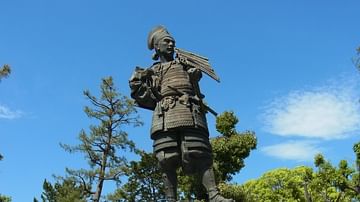
Definition
Oda Nobunaga
Oda Nobunaga was the foremost military leader of Japan from 1568 to 1582. Nobunaga, along with his two immediate successors, Toyotomi Hideyoshi (1537-1598) and Tokugawa Ieyasu (1543-1616), is credited with unifying medieval Japan in the second...

Definition
Azuchi-Momoyama Period
The Azuchi-Momoyama Period (Azuchi-Momoyama Jidai, aka Shokuho Period, 1568/73 - 1600 CE) was a brief but significant period of medieval Japan's history which saw the country unified after centuries of a weak central government and petty...
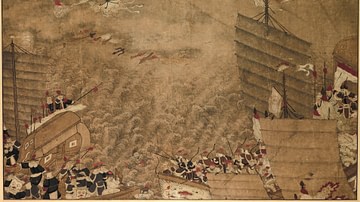
Definition
Wako
Wako (aka wokou and waegu) is a term used to refer to Japanese (but also including Chinese, Korean, and Portuguese) pirates who plagued the seas of East Asia from Korea to Indonesia, especially between the 13th and 17th centuries CE. Besides...